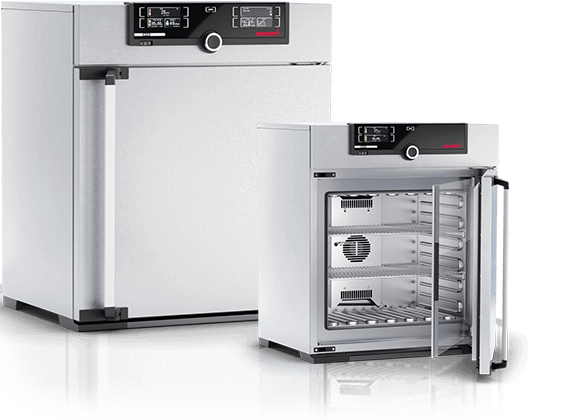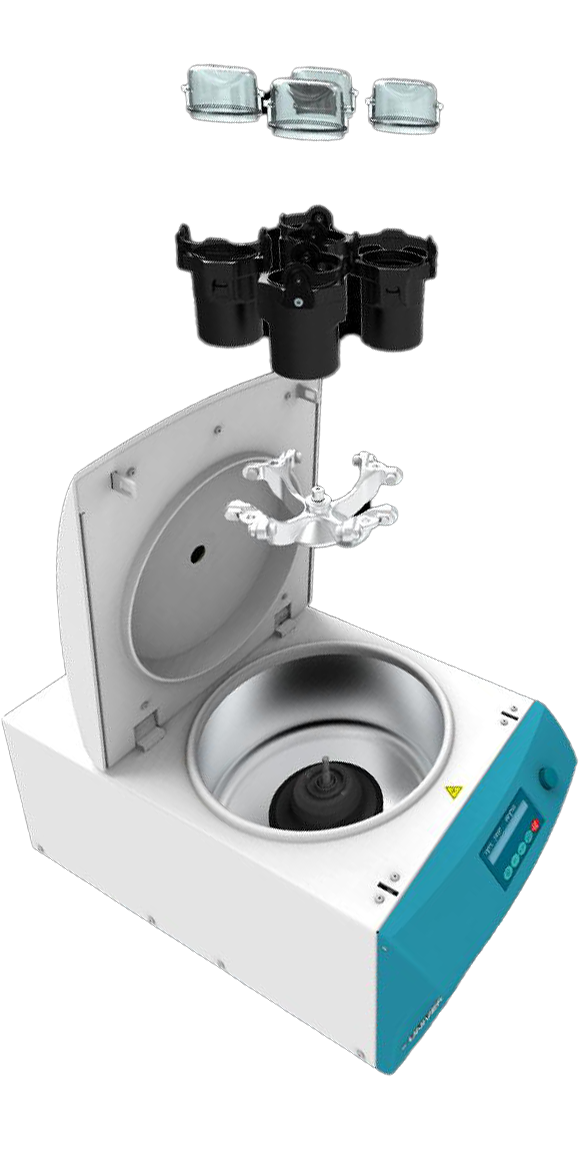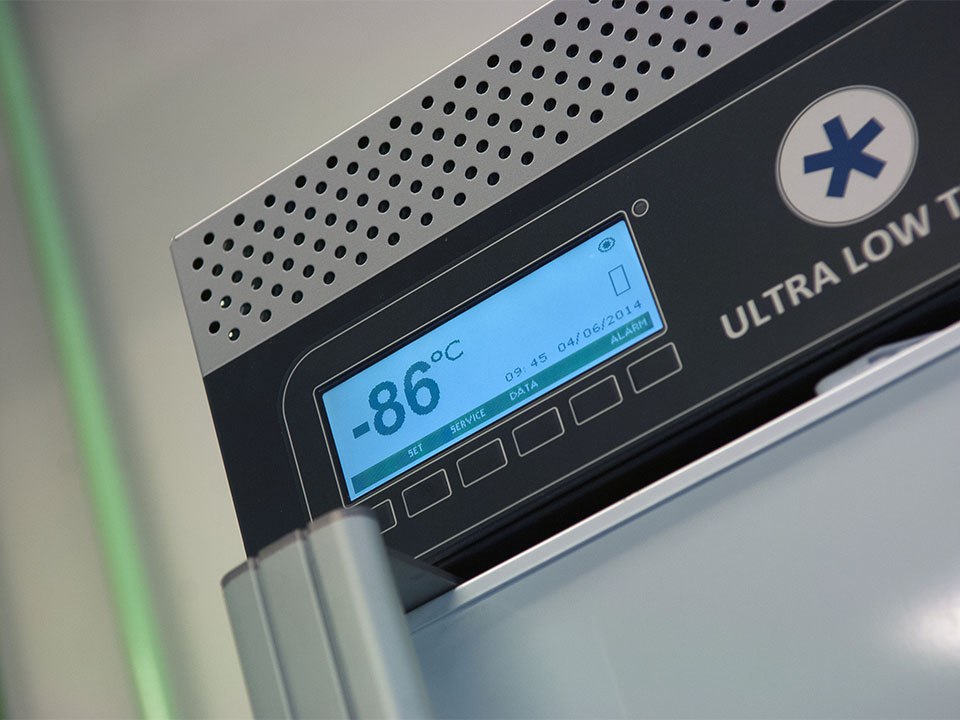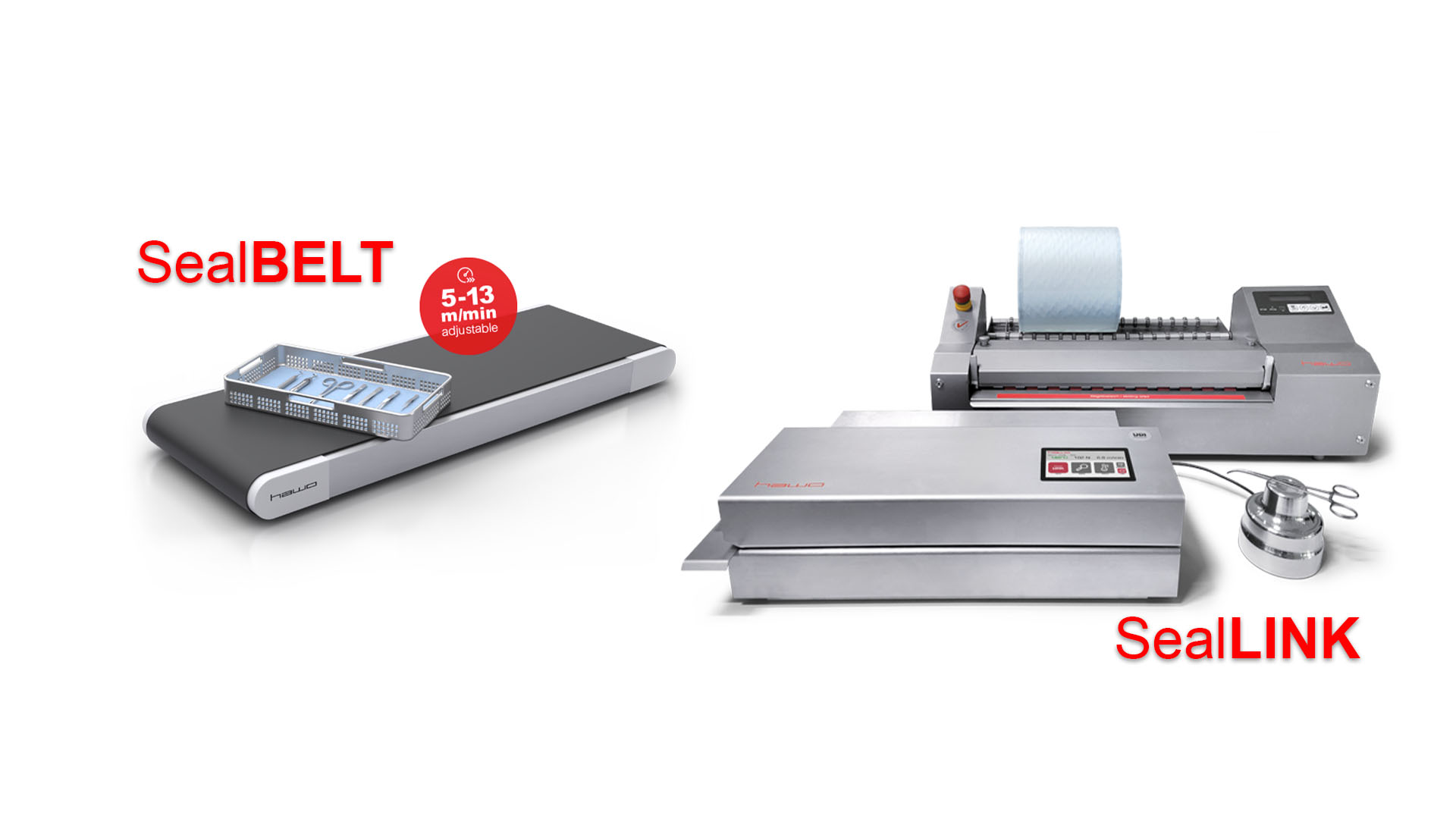This month, we take a closer look at temperature mapping. We will summarise what points to consider and how Henderson Biomedical can help.
What is temperature mapping?
Temperature mapping is the process of temporarily installing calibrated sensors, known as data loggers, to record temperature at different points within a pre-defined space over a set period of time.
The main purpose of mapping is to identify any potential hot or cold spots which could compromise temperature sensitive contents. However, there are also a myriad of other reasons why temperature mapping would be carried out. For example, temperature mapping can be used to determine the effects of people interacting with the space such as door openings. In addition to this, a mapping exercise can measure the impact of a power outage or fan failure will have on the contents. Temperature mapping can also help users understand the distribution of temperature when the space is full or empty.
What devices can be mapped?
Temperature mapping can be carried out on a variety of
different instruments. Some examples include refrigerators, freezers (including
ULTs), incubators. These sorts of
instruments are relatively small. However, it is equally possible to map much
larger areas such as those seen in warehouses or cold storage rooms.
How to carry out mapping
Data loggers should be distributed evenly throughout the space to get a detailed understanding of the overall temperature. Typically, users will opt for a 9 or 10-point mapping. This means that one data logger will be place in each corner at the top and bottom of the space, with one sensor in the middle- making a total of 9 points. In addition to this, some users will also want to check the ambient temperature of the room, making a total of 10-points.
The data loggers are then left in place for a set period of
time. This could be for as little as 24 hours, or it could be for several days
for larger areas such as a transport truck or warehouse.
Some users opt for an engineer to attend site and carry out the temperature mapping procedure. Whilst other users choose to rent calibrated equipment and perform the temperature mapping themselves. Which option you choose will depend on regulations set by governing bodies such as the MHRA.
Frequency of temperature mapping
For most users, performing mapping once a year is suffice. However, other users will carry out temperature mapping much more frequently. For example, some users may need to perform mapping once in the summer and once in the winter to better understand the effect a higher or lower ambient temperature will have on the space. This is particularly true for warehouses and storage rooms that need to be mapped.
Analysing the data
Once a mapping study has been carried out, it is important to collate all the data and present it in a meaningful way. This is so it can be properly analysed by internal staff and an external auditor. Data is usually presented in the form of a graph with the raw data being held in Excel format. Data will need to be presented clearly so that it can be reviewed at the time of an external audit.
How Henderson Biomedical can help
Henderson Biomedical have teamed up with the leading temperature monitoring provider, Eupry. Eupry manufacture a temperature monitoring kit which includes a number of UKAS calibrated data loggers. One of our engineers can attend site to carry out a mapping study. Alternatively, we can deliver a set of data loggers for you to carry out your own mapping.
For more information, please contact our friendly team on 020 8663 4610 or email us at info@henderson-biomedical.co.uk.









